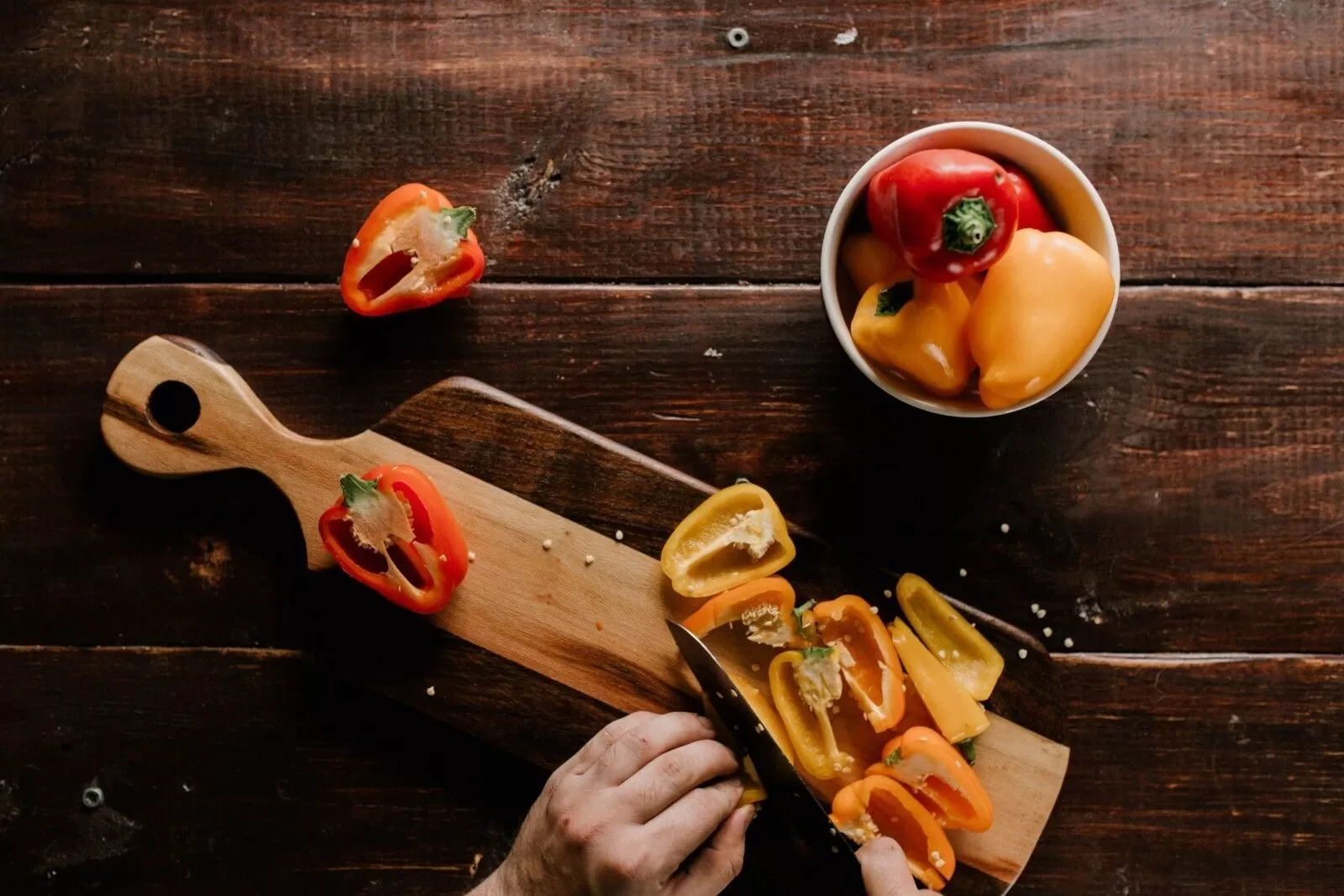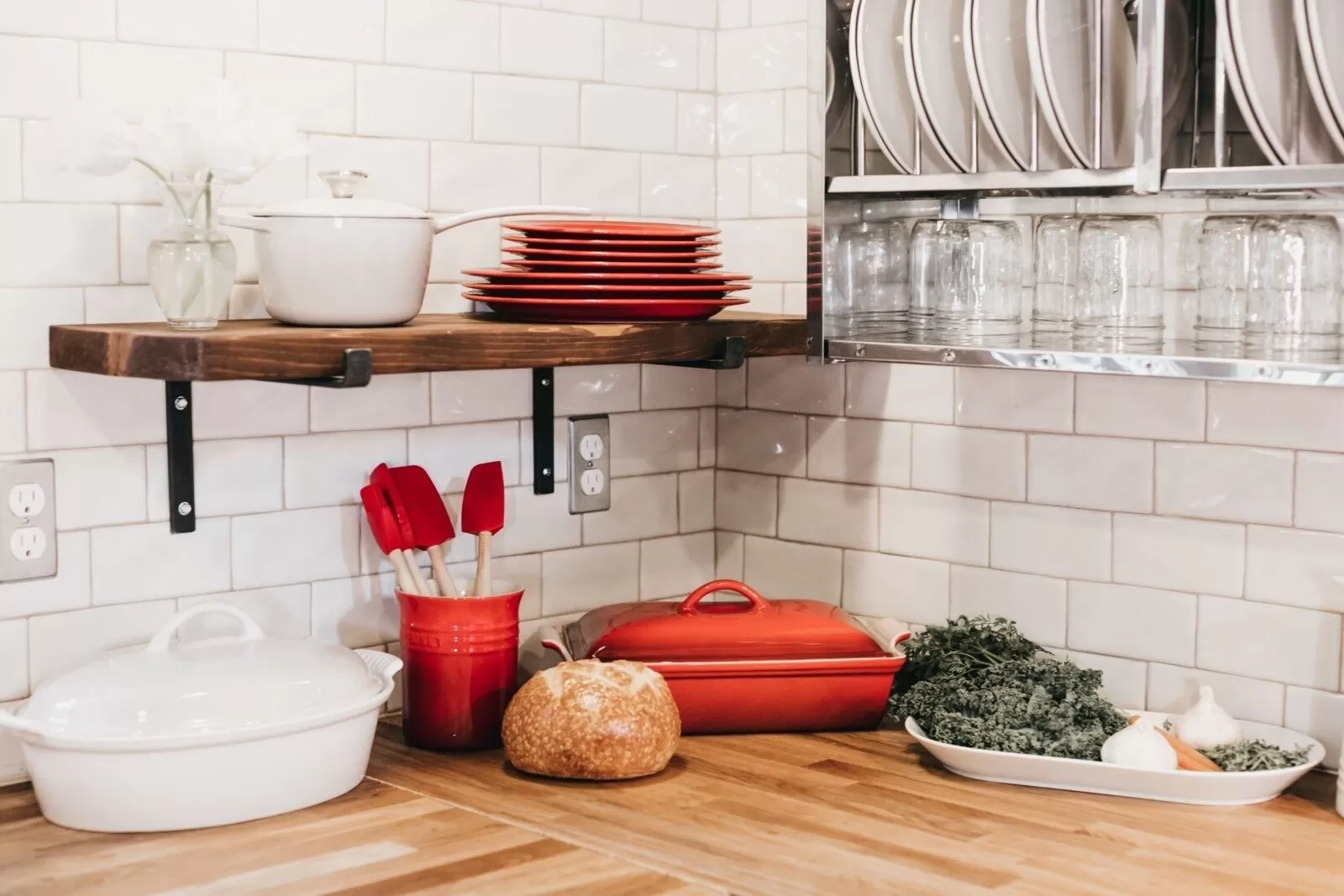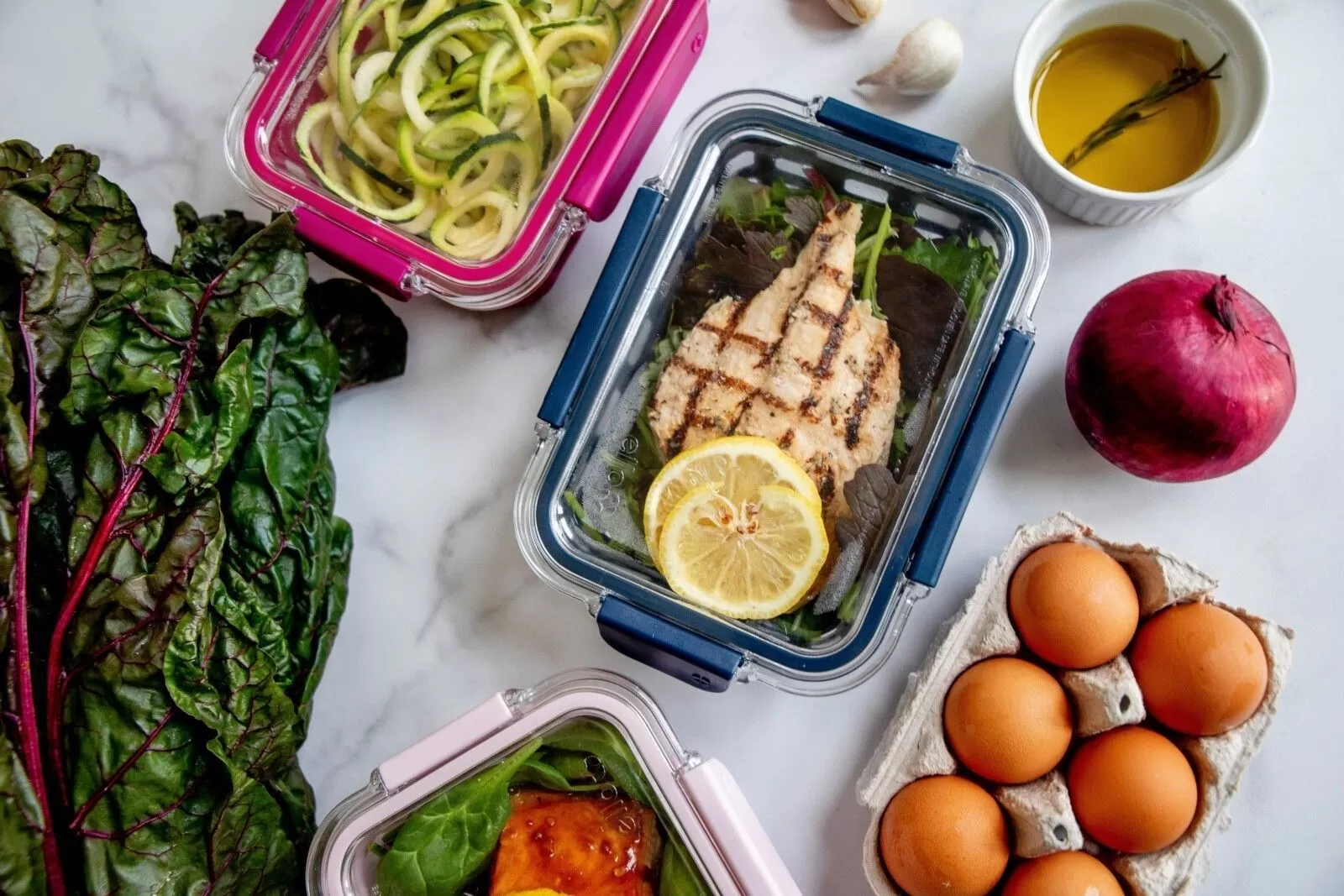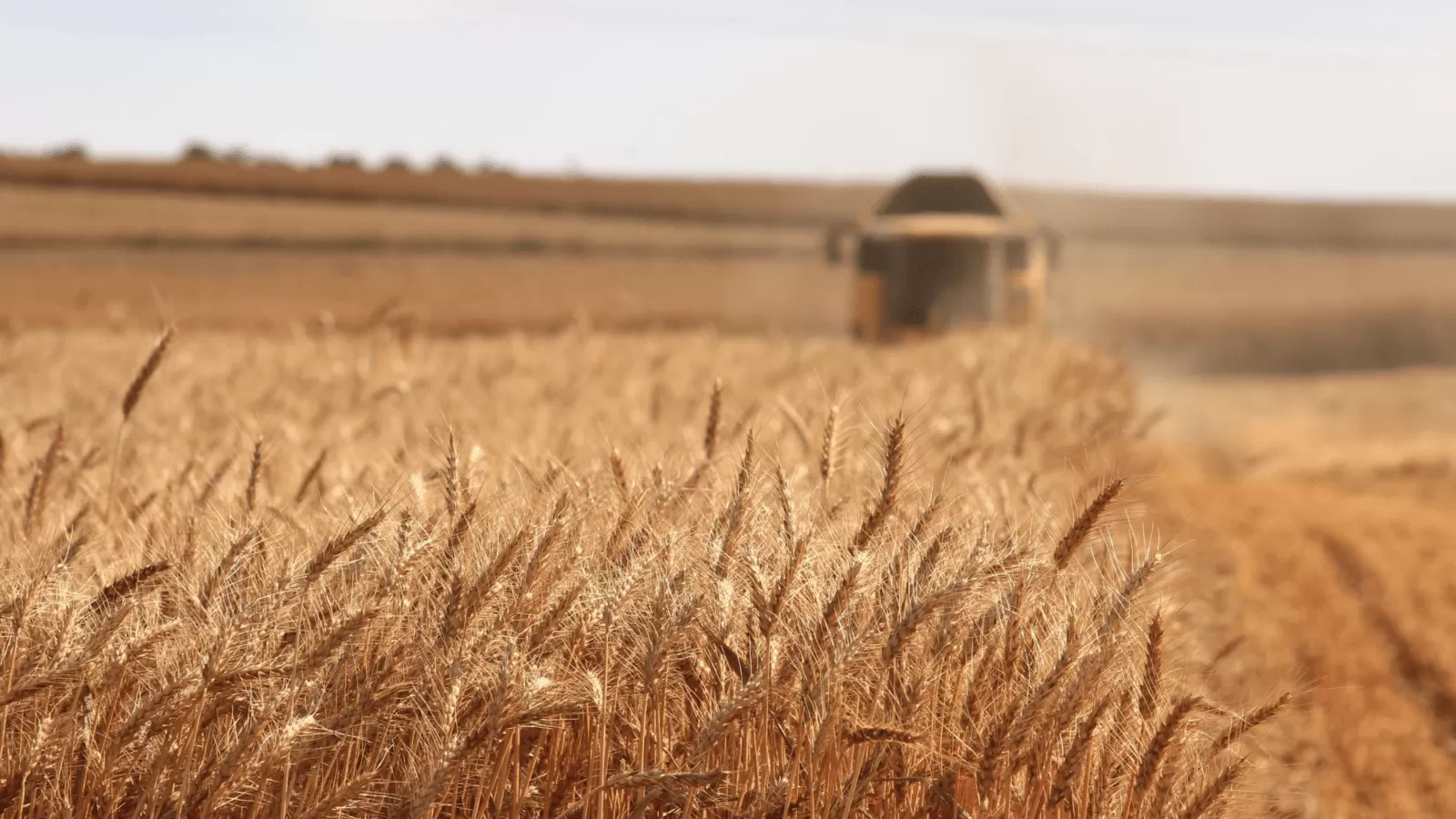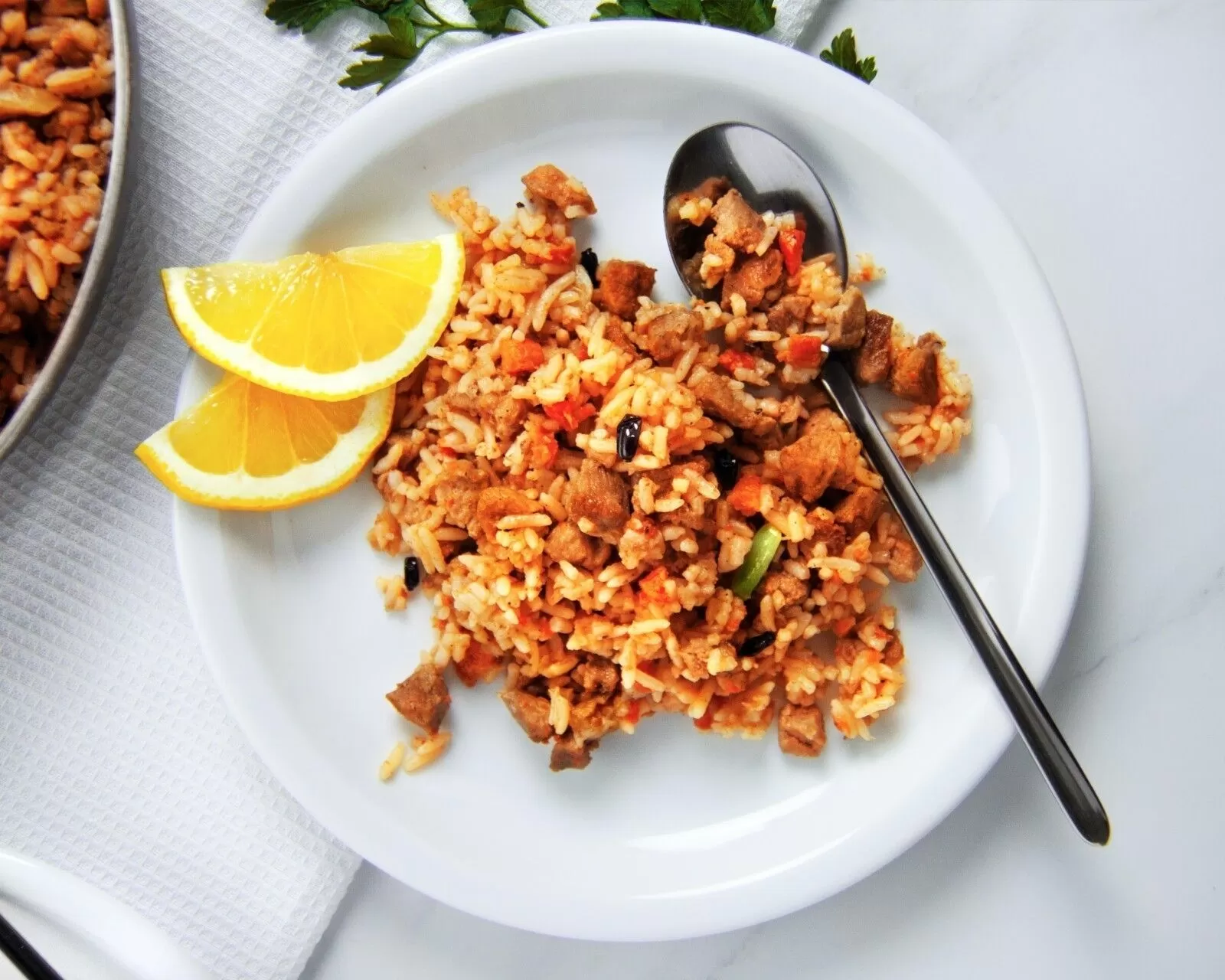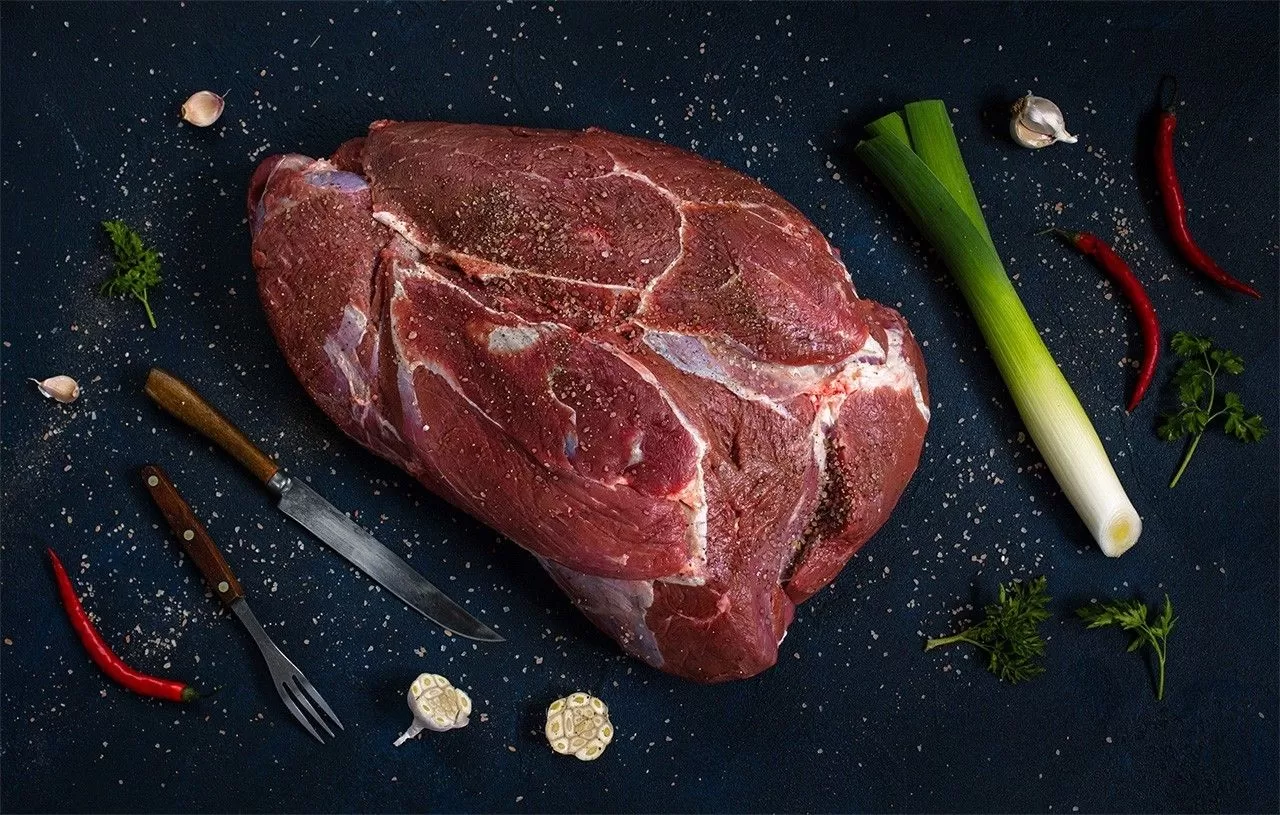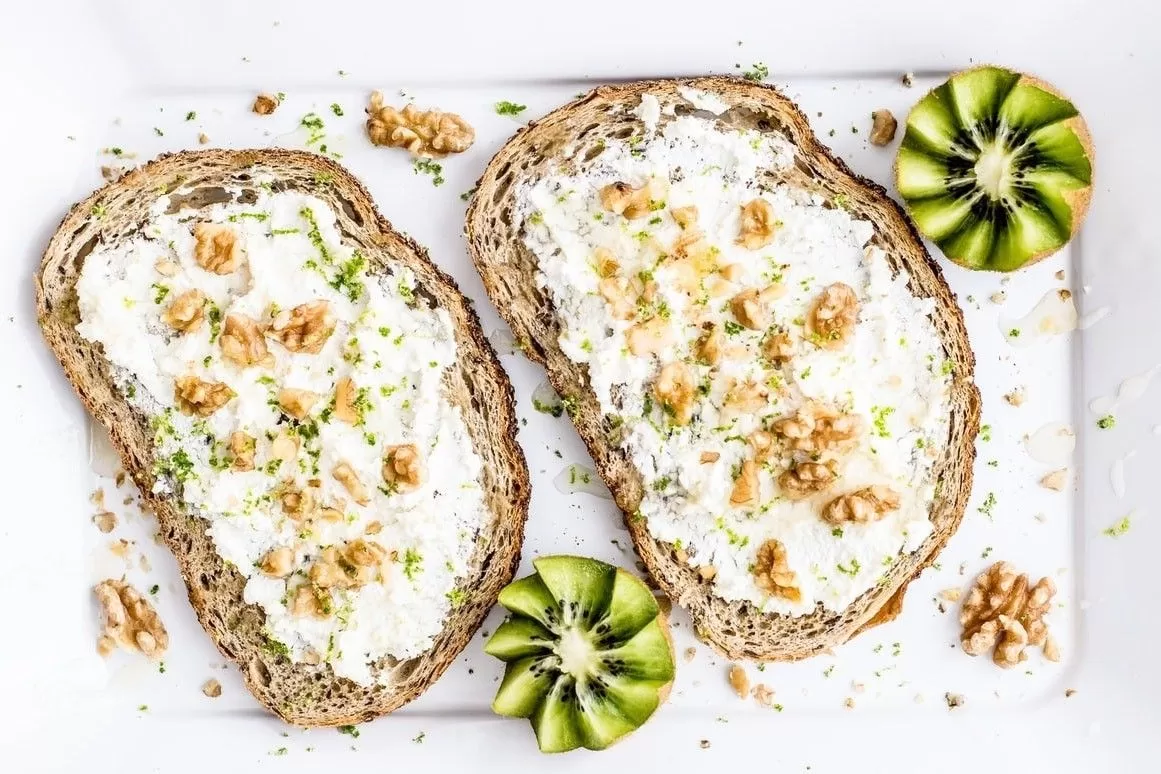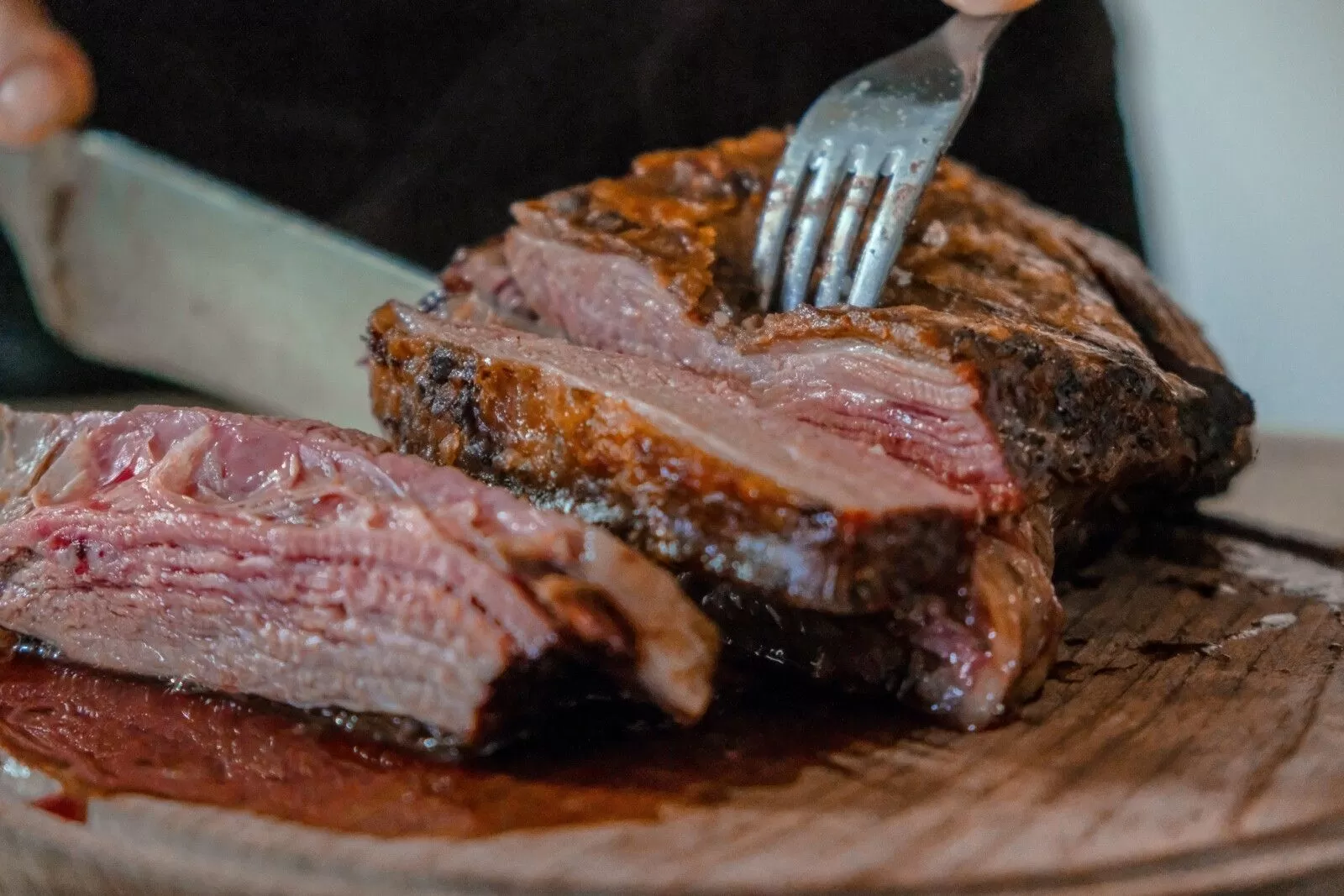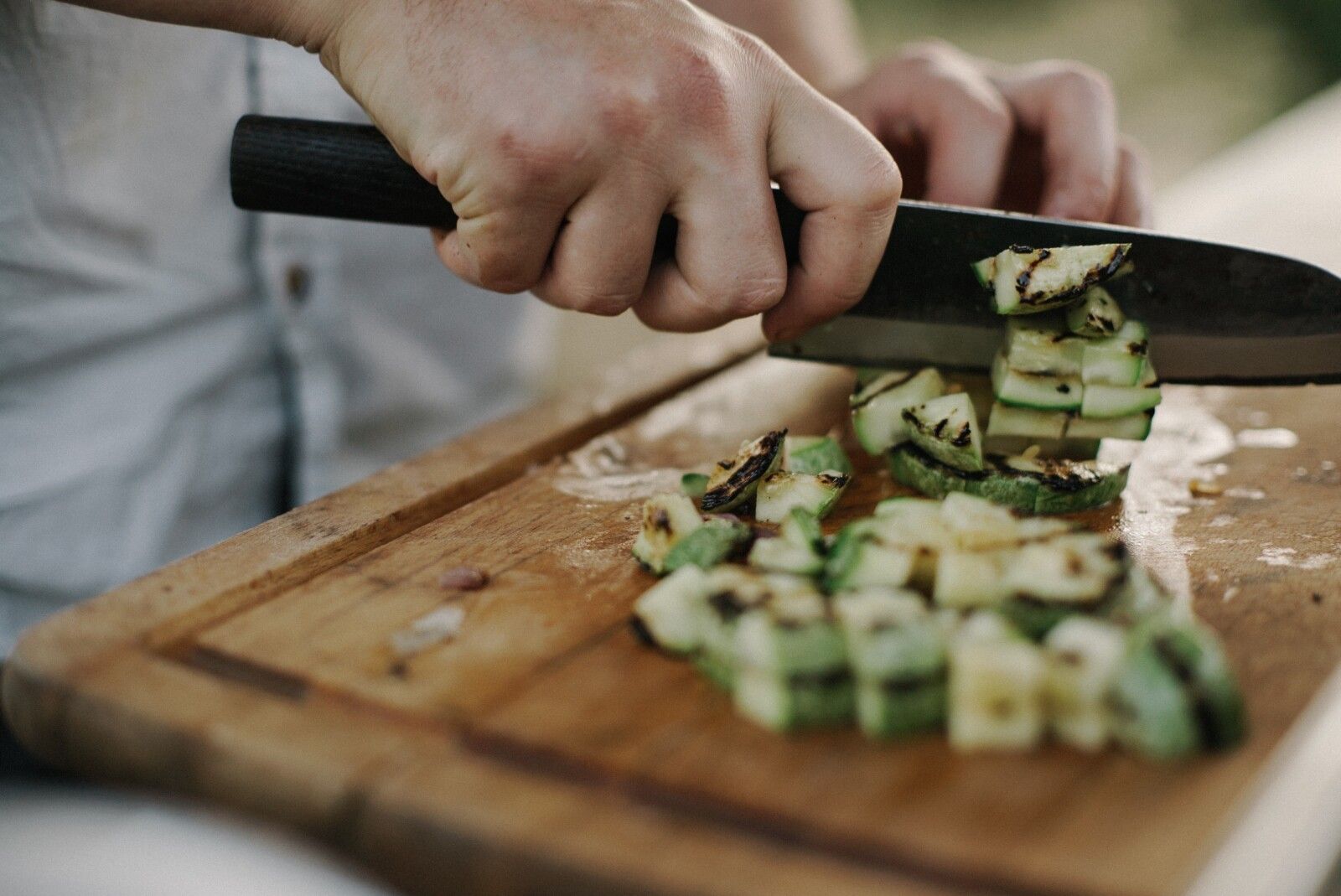
A meat knife, a bread knife, a vegetable knife… Why are there so many knives at all, if you can use one, just well-sharpened? And so that cooking is convenient and less troublesome. After all, the task of each knife is to adapt to a particular product and help you cut it as quickly as possible. Therefore, knowing how and where to use specific knives can make your life in the kitchen easier.
Chef’s knife

A versatile knife that can be used not only by chefs but also by anyone at home. It has a long, wide blade with a straight edge and a pointed end.
The curved blade of the knife allows it to swing on the cutting board, making the slicing process faster and more accurate. This is especially true for small foods such as onions or garlic.
Thanks to a relatively thick and comprehensive piece of metal, the chef’s knife can cut even harder foods: potatoes, carrots, or pumpkin.
For cutting vegetables and fruits

This knife is small and light enough to cut fruits and vegetables more conveniently and faster. Like the previous one, this species also has a pointed end, which allows you to be quite handy in the kitchen. You don’t have to put in a lot of effort to pump it back and forth. A well-sharpened blade is enough to cope with cutting even the most challenging vegetables.
For bread

This type is usually used only for bread, but it can be used for other products. Thanks to the long serrated blade, we can cut through soft textures without crushing their shape.
For example, cakes with a crumbly texture, toast, or even a ripe tomato if you don’t have a separate knife for it.
For meat

There are many knives for meat, but this one cannot be replaced with another. It is fragile and has a sharp edge, usually upward. It is relatively short and tough, although a flexible blade can be found for delicate meats.
Such a knife is explicitly used for processing meat. That is, cutting from bone, cutting off cartilage or sebaceous veins. The pointed end and thin blade make it maneuverable and comfortable enough not to damage the pulp fibers and carefully cut off unwanted particles from a piece of meat.
For fish

This knife is very similar to the previous one, but its shape is even more elongated and pointed. The flexible blade and sharp edge make it easy to pierce the skin and remove bones.
Plus, experienced chefs often use it to slice food horizontally rather than vertically. For example, to create the perfect piece of salmon fillet.
Santoku

It may seem to you that this knife is exclusively for restaurant utensils, but remember the blades with small dents along the entire plane of the blade on one side. It is from these pits that santoku is easily recognizable. There are several such knives in every supermarket. It has become as popular as the chef’s utility knife.
This type can be used for both fine dicing and cubes. Thanks to the dimples in the metal, the product does not stick to the surface, and therefore you can cut absolutely anything with it.
However, the most popular format for using such a knife is slicing fresh fish, such as making sushi and other delicate textured dishes.
Santoku can easily replace a utility knife for a chef, as it is also convenient for them to chop vegetables. Especially those whose flesh is exceptionally tender.
For cleaning

There is such a knife in almost every home, but only a few correct knives for cleaning vegetables and fruits. Its whole secret is in a short, challenging, and bent inside-out blade.
This ergonomic shape helps quickly peel potatoes or other vegetables, and the sharp end helps to remove unwanted particles without unnecessary effort.

